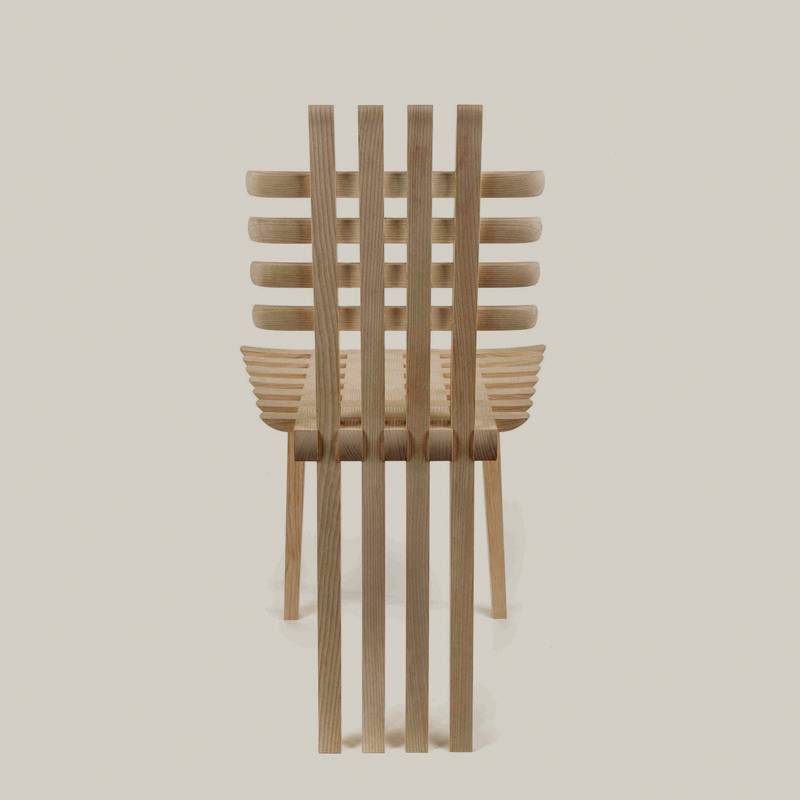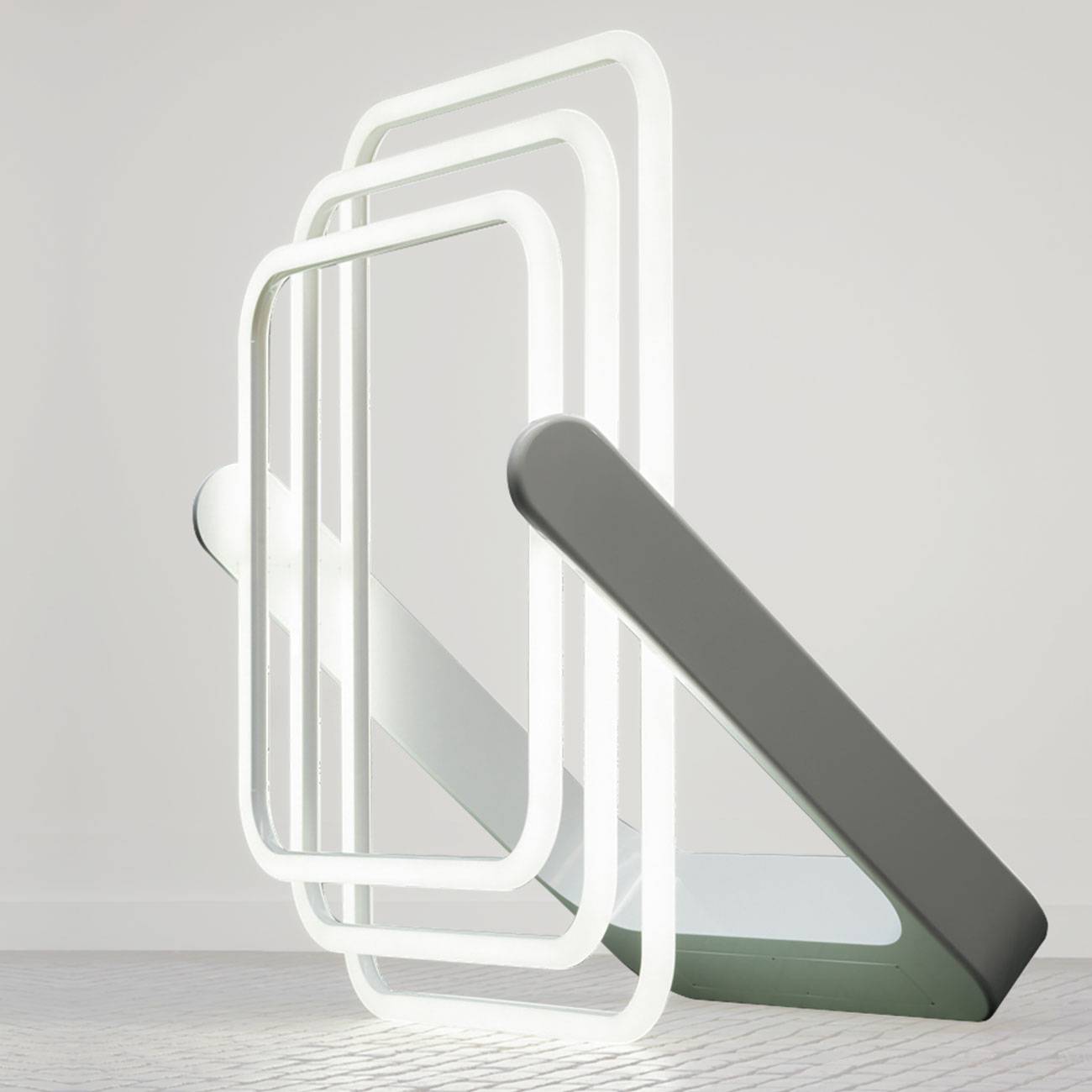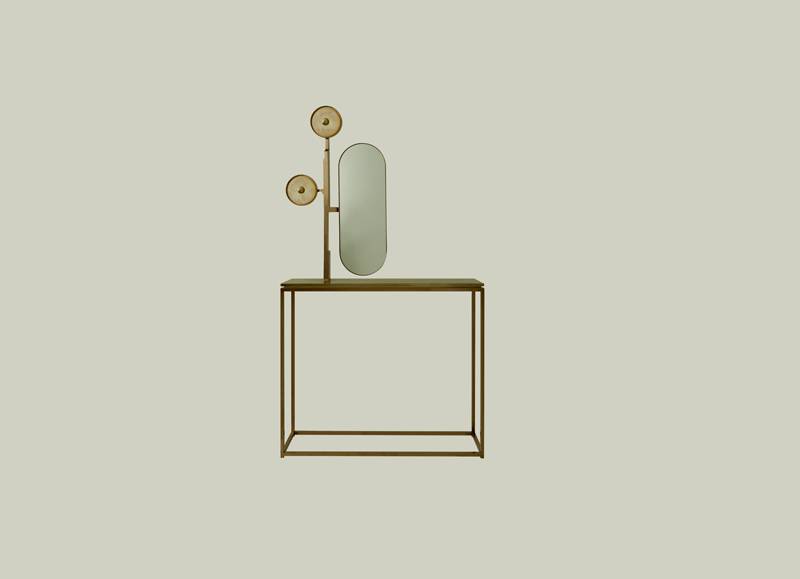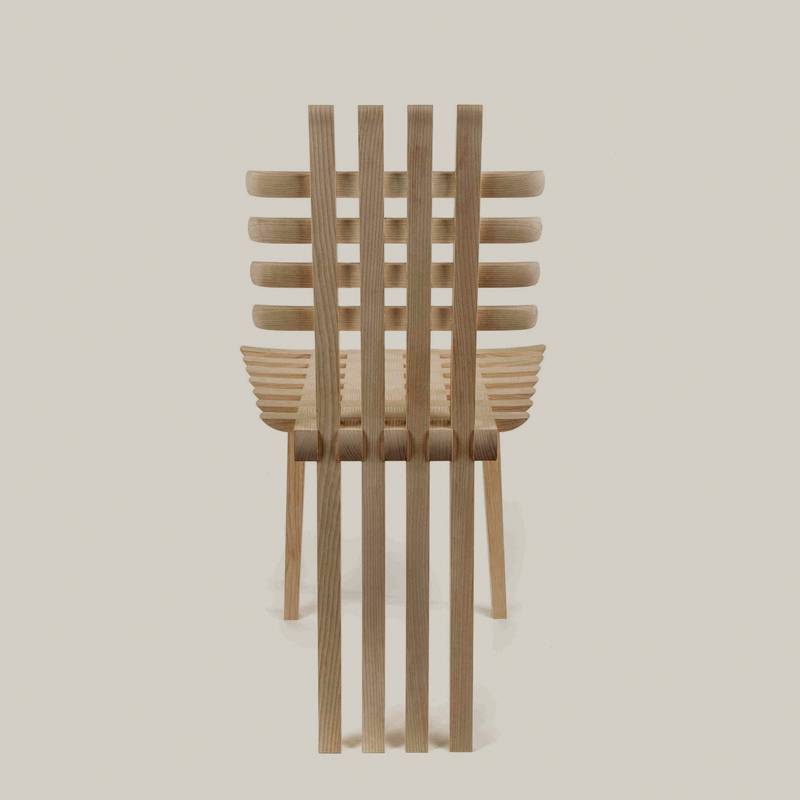
21

21
PAD Paris 2017 : les élans créatifs de la foire internationale du design
Pour sa 21e édition, le PAD Paris continue d’imposer aux Tuileries la recette qui a fait son succès dans le panorama des foires internationales de design. Plus qu’un salon de mobilier, il laisse toute leur place aux gestes créatifs les plus novateurs.
Par Oscar Duboÿ,
By Oscar Duboÿ.

“Depuis quelques années, le design contemporain a acquis une pleine légitimité, et se voit respecté au même titre que les pièces historiques, que ce soit par les musées, les collectionneurs ou les critiques”, se félicite Maria Wettergren, une habituée des foires qui a fondé sa galerie après un long passage chez Dansk Møbelkunst, le temple du design scandinave. Sur son stand, les talents d’aujourd’hui ont remplacé les Hans J. Wegner et Alvar Aalto d’hier, et s’émancipent volontiers du meuble classique pour pousser la réflexion artistique un peu plus loin. Jusqu’où ? Elle ne s’embarrasse pas de limites ni de cases, pas plus que Béatrice Saint-Laurent, Agnès Perpitch et Élodie Bringand. Avec d’autres, telle la Carpenters Workshop, ces galeries jouent enfin à armes égales avec les ténors du xxe siècle, malgré un métier qui n’est pas tout à fait le même comme le précise Béatrice Saint-Laurent : “Nous, nous choisissons de prendre des risques pour produire ce qui n’existe pas, là où l’antiquaire cherche à dénicher la rareté qui existe déjà, avec une valeur donnée par le marché.”

La galeriste présente cette année le travail de Studio MVW, qui a osé expérimenter le jade rose, un matériau inhabituel qui s’inscrit néanmoins dans la tradition de raffinement des arts décoratifs chère à Saint-Laurent, là où la galerie Perpitch & Bringand avoue une approche plus franchement dérivée de l’art contemporain. De dessin en installation, son stand mélange délibérément les genres, au point que la question du support devient vaine : “Nous présentons clairement nos pièces comme des œuvres d’art, la fonctionnalité passe après”, reconnaissent les galeristes. Si leurs collaborations avec des artistes tels que Pauline Guerrier témoignent ainsi d’un fort potentiel décoratif, elles accompagnent aussi des designers comme Joran Briand ou Philippe Nacson vers une abstraction plus conceptuelle et une réinterprétation des objets du quotidien. “Peut-on s’asseoir sur la chaise ? Cette bibliothèque supporte-t-elle mes volumes de l’encyclopédie Universalis ?” se risque parfois à leur demander le visiteur. Cette interrogation leur plaît, car elle touche une émotion, ce fameux étonnement qu’elles vont elles-mêmes chercher dans leurs collaborations avec des artistes.

Chez Wettergren, l’amateur se verra rassuré : “N’ayez crainte, cette merveille en frêne blanc de 45 cm de hauteur est bien un tabouret ! Il s’appelle Böja et il a été conçu par Rasmus Fenhann en 2016.” Et Maria Wettergren de conclure : “Je pense que les artistes que ma galerie représente utilisent souvent le design ou l’artisanat comme un point de départ pour arriver à une expression artistique originale.” À bien observer la sélection qui émaille les allées, voici certainement le trait d’union qui relie tous les stands du PAD Paris.
PAD Paris, du 22 au 26 mars, jardin des Tuileries, Paris Ier, www.pad-fairs.com
À VOIR AUSSI : Rick Owens dévoile son mobilier design au MOCA
SÉLECTION DE LA RÉDACTION : “Disobedient Bodies”, l’exposition démesurée de J.W. Anderson

“For the last few years, contemporary design has gained full legitimacy, and is now as respected as historical pieces, whether it’s by museums, collectors or critics,” explains Maria Wettergren, a regular at the trade fairs who founded her own gallery after a long stint at Dansk Møbelkunst, the temple of Scandinavian design. On her stand today’s talents have replaced the Hans J. Wegner and Alvar Aaltos of yesterday, freely liberating themselves of classical furniture to push artistic reflection that bit further. How much further? There are no boundaries or boxes anymore as proved by Béatrice Saint-Laurent, Agnès Perpitch and Élodie Bringand. With others, like the Carpenters Workshop, these galleries are at last on equal terms with the tenors of the 20th century, in spite of it being a craft unlike any other, as Béatrice Saint-Laurent tells us, “Where the antique dealer seeks to find a rarity that exists, we chose to take risks to produce what doesn’t already exist, with a value given by the market.”

This year the gallery owner is presenting work by Studio MVW, who experiment with pink jade, an unusual material that is nonetheless part of the traditional refined decorative arts so dear to Saint-Laurent who admits the Perpitch & Bringand gallery has an approach derived frankly from contemporary art. From design to installation, her stand deliberately mixes genres, to the point where the question of support becomes redundant. “We clearly present our pieces like works of art, functionality comes later,” acknowledge the gallerist. While their collaborations with artists such as Pauline Guerrier show a strong decorative potential, they also accompany designers like Joran Briand and Philippe Nacson towards a more conceptual abstraction and a veritable reinterpretation of everyday objects. “Can you sit on that chair? Will this bookshelf hold the Encyclopaedia Britannica?” visitors might ask them and they like these questions because its touches an emotion, that famous astonishment they seek in their collaborations with artists.

At Wettergren, the amateur will be reassured: “Don’t worry, this marvel in white ash at 45 cm is indeed a stool! It’s called Böja and was made by Rasmus Fenhann in 2016.” Maria Wettergren concludes, "I think the artists my gallery represents often use design and craftsmanship as a springboard to more original artistic expression.” Glancing down the alleys at the lively selection on display, this certainly seems to be the common factor of stands at PAD Paris.
PAD Paris, from March 22th to 26th, Jardin des Tuileries, Paris Ist, www.pad-fairs.com
MORE: Portfolio: "Here, There, Nowhere" exhibition at Carpenters Workshop Gallery
WE RECOMMEND: “Force 10” bracelet signed by Fred


















